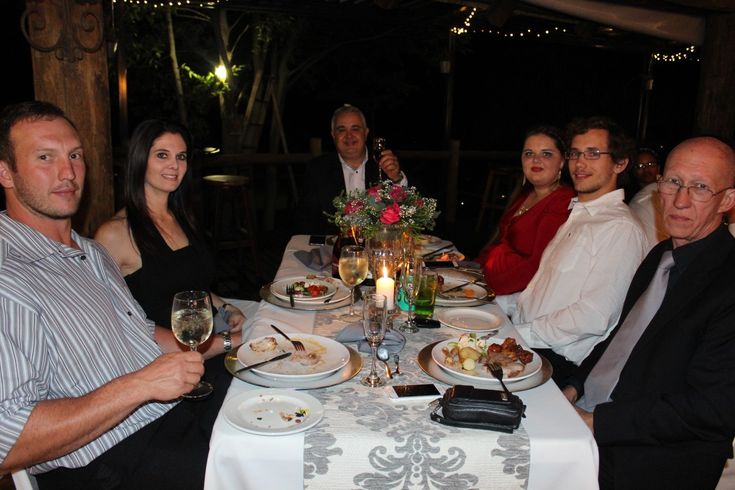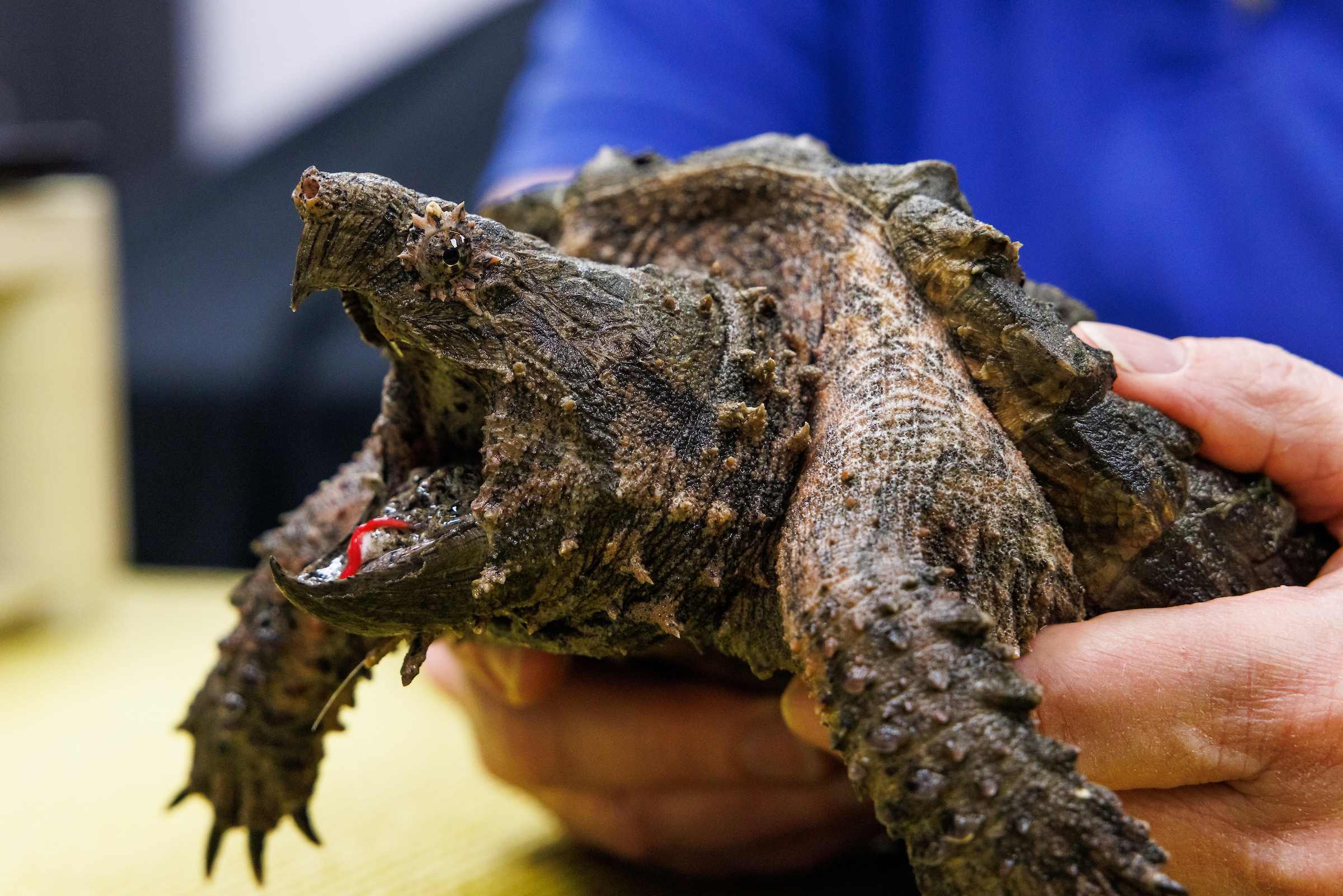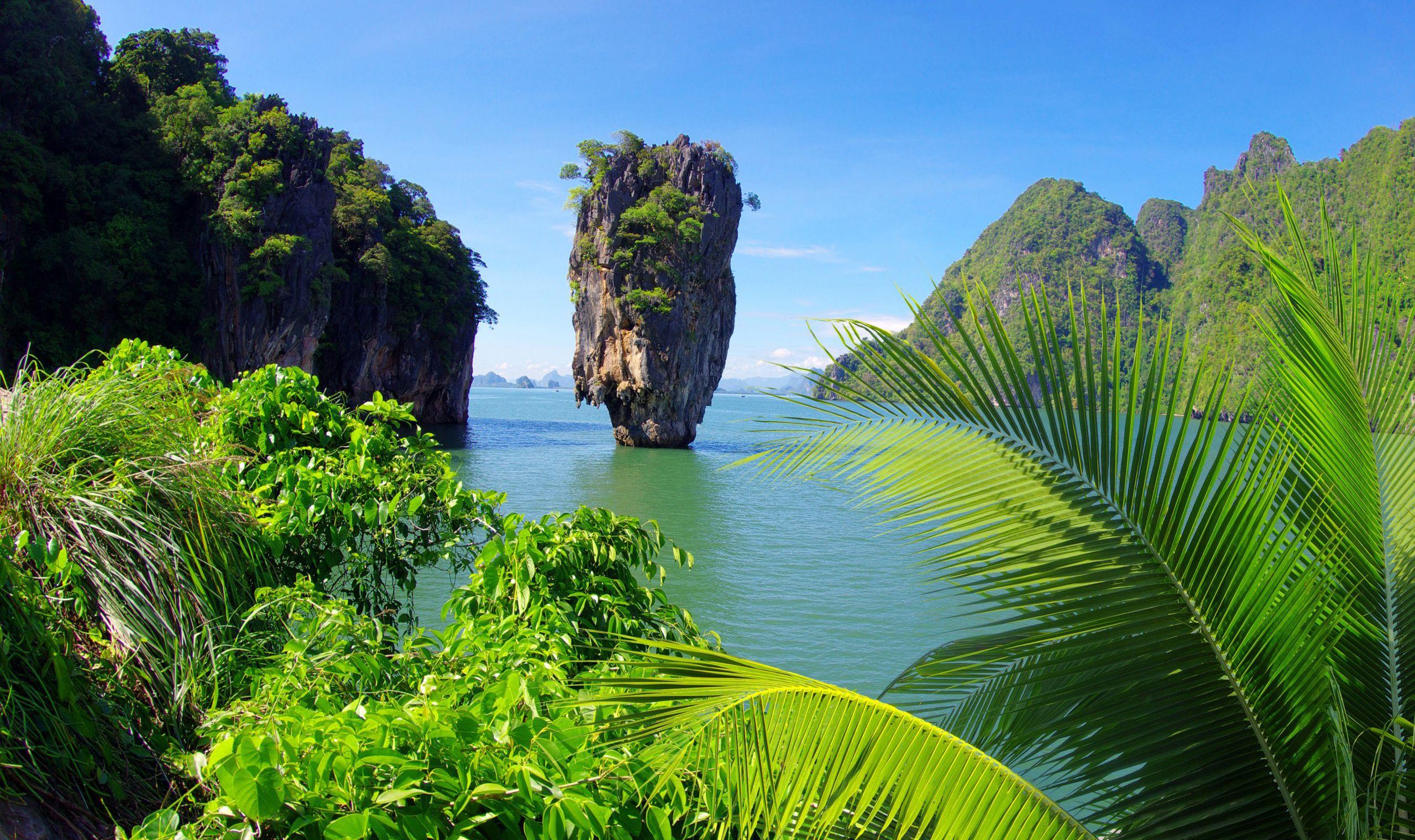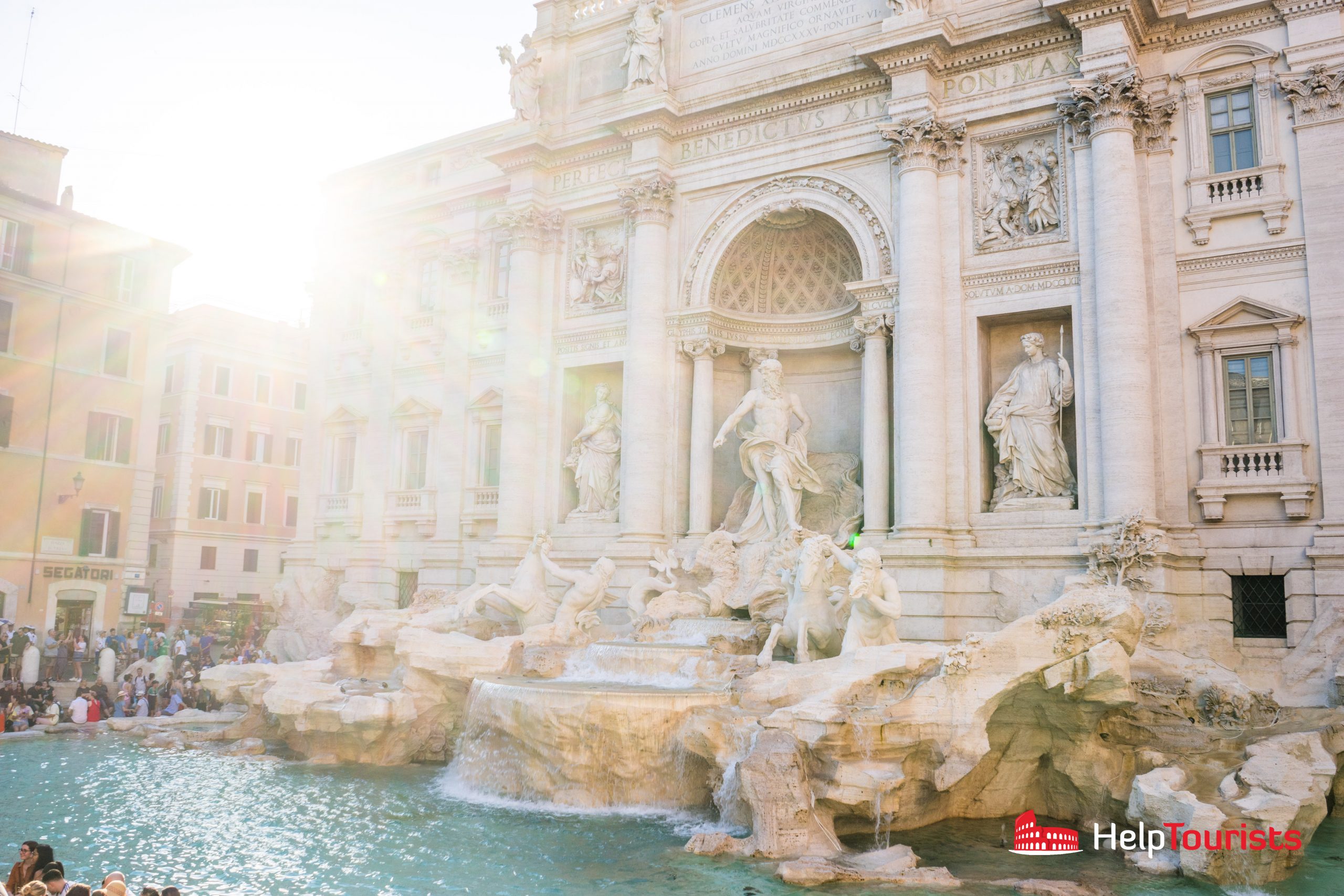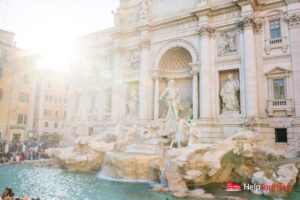Colombia, a nation draped in vibrant tapestries of natural beauty and cultural richness, offers a plethora of fascinating facts that reveal the depth of its heritage. This South American gem, bordered by both the Caribbean Sea and the Pacific Ocean, stands as a kaleidoscope of traditions, languages, and landscapes, each telling a tale of its own. Here are some intriguing facts that illuminate the myriad facets of Colombian culture.
**1. A Melodic Mosaic of Languages**
With over 68 languages spoken throughout the country, Colombia embodies linguistic diversity. While Spanish serves as the official tongue, indigenous languages such as Wayuu, Embera, and Nasa Yuwe echo in remote villages. Each language encapsulates the culture of its people, offering unique expressions and profound insights into their worldviews. This linguistic tapestry serves as a reminder of the country’s rich indigenous heritage and ongoing cultural evolution.
**2. The Fiesta de la Música: A Celebration of Sound**
Every year, on June 21, cities throughout Colombia resonate with music during the Fiesta de la Música. This festivity is not merely an event; it is a vibrant manifestation of the country’s passion for rhythm and melody. From cumbia to vallenato and salsa, Colombian music pulses through the streets as locals and visitors revel in live performances. The intertwining of various musical genres exemplifies Colombia’s dynamic artistic spirit, inviting individuals to dance together in synergy.
**3. The Coffee Capital: More Than Just Beans**
Renowned globally for its premium coffee, Colombia’s Coffee Region is the proud host of UNESCO World Heritage sites. Towns like Manizales, Salento, and Pereira serve as bastions of traditional coffee cultivation. However, the significance of Colombian coffee extends beyond its robust flavor; it symbolizes an entire cultural identity. Coffee Farms, or “fincas,” provide not only employment but also serve as cultural classrooms, educating visitors about sustainable agricultural practices and the rich history behind each cup.
**4. The Carnival of Barranquilla: A Colorful Collision**
Each year, the coastal city of Barranquilla transforms into a riot of colors during its famous Carnival. Declared a Masterpiece of the Oral and Intangible Heritage of Humanity by UNESCO, this carnival symbolizes a confluence of diverse ethnic backgrounds. It features elaborate parades adorned with flamboyant costumes, traditional dances, and live music. This vibrant celebration encapsulates the lively spirit of Colombian culture, showcasing its commitment to honoring traditions while inviting cultural evolution.
**5. A Gastronomic Odyssey**
Colombian cuisine is a reflection of its geographical diversity, sporting a remarkable array of regional dishes. From the savory bandeja paisa in the Andes to the coastal seafood delights of Cartagena, each meal is a story unfolding on the plate. Arepas, empanadas, and sancocho reveal the fusion of indigenous, African, and Spanish culinary influences, creating a delicious sojourn through history. Food in Colombia is more than sustenance; it’s a ritual that brings families and communities together, weaving a sense of belonging around the dinner table.
**6. Gabriel García Márquez: A Literary Luminary**
Colombia is home to the Nobel Prize-winning novelist Gabriel García Márquez, a figure whose magical realism transcends geographical boundaries. His seminal work, *One Hundred Years of Solitude*, encapsulates the quintessence of Colombian life, blending the surreal with the everyday. Márquez’s influence epitomizes how literature can evoke profound cultural reflections, serving not only as entertainment but also as a mirror to society’s intricacies.
**7. Biodiversity Beyond Compare**
In terms of biodiversity, Colombia is one of the most biologically diverse countries in the world. It ranks first in bird species and has a staggering variety of flora and fauna that reside in its national parks. The Amazon rainforest, the majestic Andes, and the serene Pacific coastline each host ecosystems teeming with life. This rich biodiversity serves as both a natural marvel and a cultural resource, inspiring Colombian art, music, and folklore.
**8. The Cultural Influence of African Heritage**
Africa’s influence is profoundly woven into the fabric of Colombian culture, particularly in regions such as the Pacific Coast. The descendants of enslaved Africans have preserved unique traditions, evident in music styles like currulao and the vibrant celebrations of the Pacific Black Community’s Festival. Their contributions are a testament to resilience and creativity, highlighting the dynamic intermingling of cultures that defines Colombia.
**9. Mother Colombia: A National Symbol**
The figure of Mother Colombia, a personification of the nation, is a powerful cultural symbol. Often depicted holding the Colombian flag and surrounded by the nation’s bountiful gifts, she embodies the spirit of unity and pride among Colombians. This iconic representation serves to inspire a collective identity, rallying the nation around shared values of resilience, growth, and cultural prestige.
**10. A Legacy of Art and Craftsmanship**
Colombia’s artistic prowess is showcased through its diverse craftsmanship, from intricate goldwork of the indigenous cultures to the vivid colors of its artisanal textiles. Regions like San Basilio de Palenque and Guatapé are famous for their distinct art forms, including handcrafted pottery and vibrant murals. Each piece tells a story, reflecting the soul of the community and the artistry embedded in everyday life.
In conclusion, Colombia is a rich tapestry of culture, steeped in history and tradition. Its people, landscapes, and artistic endeavors intertwine to create a nation that is as complex as it is vibrant. From its melodious languages to its colorful festivals, each facet of Colombian culture offers an invitation to explore, understand, and appreciate the extraordinary mosaic that is Colombia.
